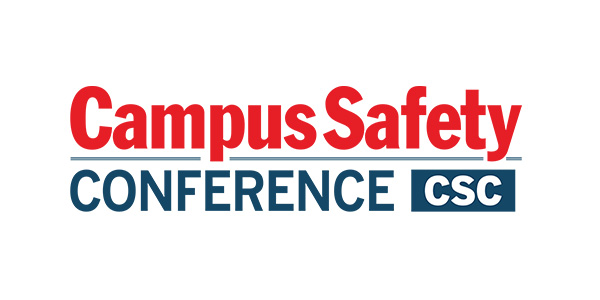“Oftentimes we assume that teachers and administrative types understand what the dangers are in and around the buses in the loading and unloading zones,” Furneaux says. “The truth is that teachers and administrators oftentimes know very little about what the safety issues are.”
Furneaux emphasizes the importance of having school staff onsite at bus loading zones to supervise students while they board and disembark, and she therefore encourages industry officials to discuss with school staff members what constitutes dangerous behavior around school buses.
Things school staff should be instructed to look for include kids who are running or rough-housing around the loading zone, bullying and harassment prior to loading, students who drop things and try to go under the bus to retrieve the items, and students who try to walk between buses.
Many operations have formed a strong line of communication with school staff and require monitors at loading zones.
Nunes says he and Flores provide school staff members with information at the beginning of the school year to help them supervise the students.
“We outline what routes will be coming into and out of their schools, how many buses we will be bringing into their schools, how many children we expect to be transporting, and we discuss the process necessary to walk the students out of the classrooms and onto the buses safely,” Nunes says.
The transportation department also makes a point to have at least one of its own staff members at one of the school’s loading zones every day to monitor students and traffic flow, and to work with school personnel to ensure that the students stay behind the safety railing.
Rolling V Transportation Services has implemented a similar effort. Vallone says bus drivers share duties with school staff on the school grounds, and the company’s safety team is in constant communication with the administration staff for the schools they serve.
In addition to instructing Fayette County school staff to watch for bullying and students playing around loading zones, Oakley says the staff must make certain that the students stand at least 6 feet back from the curb when buses arrive.
“The kindergarten teachers have learned to tell parents to make sure that their children’s backpacks aren’t too large and cumbersome,” Oakley adds. “Teachers should also make
sure that papers are kept inside backpacks, and loading zone monitors should watch for students carrying loose objects.”
John Benish Jr., chief operating officer for Oak Forest, Ill.-based Cook-Illinois Corp., believes that his company and its subsidiaries have a responsibility to work closely with the school districts they serve. “The important thing is to make sure that there’s a partnership between the contractor and the school district,” he says. “If an issue arises, it’s our responsibility to make sure that they understand what the issue is and then work together on a solution.”
The subsidiaries’ managers must notify school officials and take immediate corrective action if the bus drivers notice problems at the schools. “Being proactive rather than reactive is key,” Benish says.
Inform Parents of Loading Zone and Parking Policies
Given the dangers motorists can present around school sites, pupil transporters and school officials also share a responsibility to communicate loading zone and parking policies with parents who transport their children to school.
Graham says that in many cases, school principals will share information with parents, whether it is through a newsletter at the beginning of the school that indicates where parents are allowed to park to pick up or drop off their kids, or through some other means.
Huillet encourages this at Oregon’s schools. “If they have a map that they can include in the newsletter that shows the parent pick-up and drop-off area, that’s a good thing, too,” he says.
Baxter says that schools have a range of options at their disposal to communicate with parents, from connecting with them through their PTA involvement to sending memos home with kids, e-mailing information to them or posting information on the district Website. “Facebook and Twitter may be a couple of other avenues,” he adds.
For pupil transportation officials, Finlayson-Schueler says communication with parents entails ensuring that signs and clear pavement markings are present at school sites in order for them to know where they should drop off or pick up their children. “Make sure that a person who had never come to the school before would know where to drive and park,” he says.
If changes to school sites are in the works, Finlayson-Schueler recommends sending a notice home with students,
putting articles in the district newsletter or talking to the local media about doing a story on the changes before they are implemented.
“On the day that changes are implemented, stand out there and distribute notices to parents and provide answers to questions they may have,” he adds.
Furthermore, Dallessandro notes that efforts to communicate with parents, as well as all efforts to maximize student safety in and around bus loading and unloading zones must be continuous.
“Managing loading and unloading zones is not a situation where you can post some signs, set up cones and send out a letter and be done with it,” he says. “I think people by nature want to park as close as they can to things, especially during inclement weather, so you have to work year-round in enforcing policies and educating people.”






